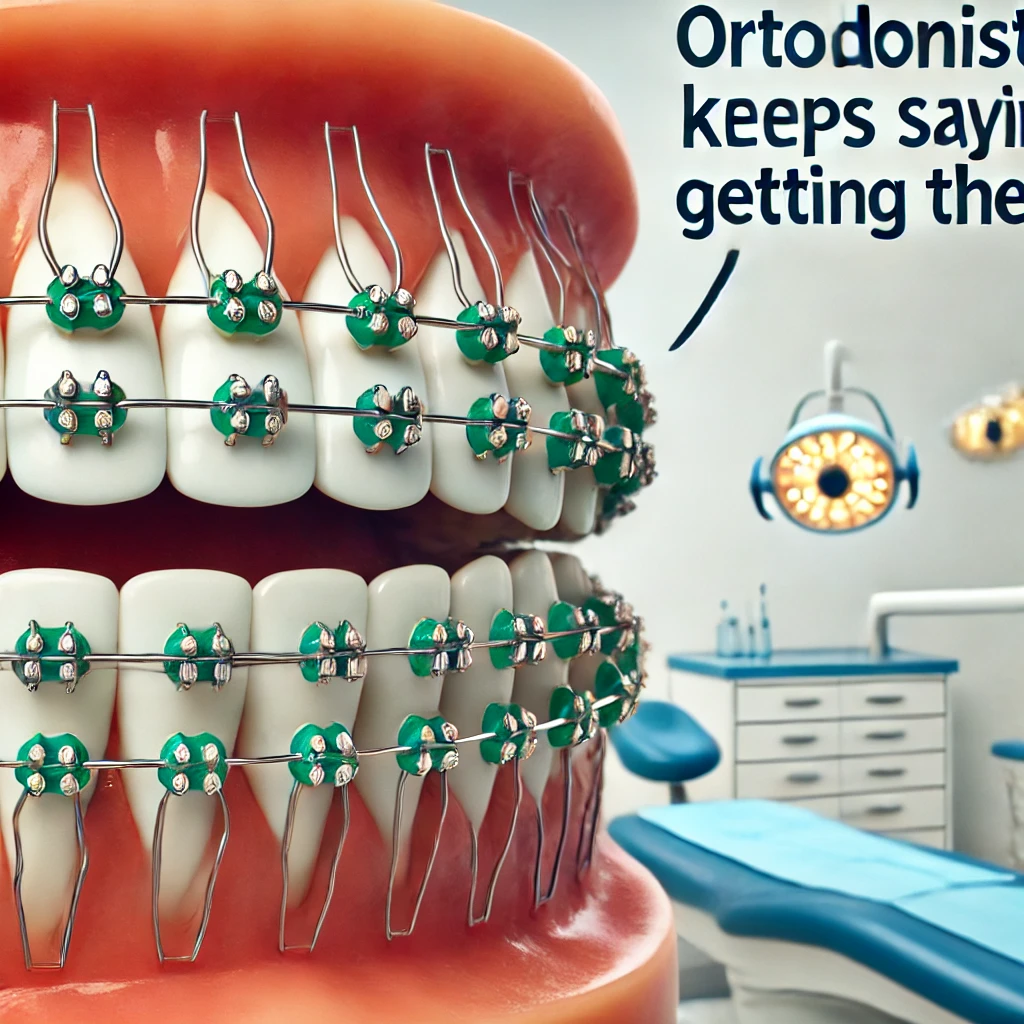1. Introduction
When it comes to orthodontics, understanding the terminology and recommendations from your orthodontist is crucial for achieving the best results. One phrase that often comes up in consultations is the need to “get three” — whether it’s about teeth, appointments, or appliances. This article will explain common orthodontic terminology, the significance of these recommendations, and why clear communication with your orthodontist is essential.
2. Understanding Orthodontic Recommendations
Orthodontic treatment involves various procedures designed to align teeth and jaws, improve bite function, and enhance overall dental aesthetics. Some common treatments include braces, clear aligners, and retainers.
Orthodontists may suggest “getting three” to emphasize the importance of specific treatments or appliances. For instance, this could refer to the removal of three teeth, the use of three sets of brackets, or scheduling three follow-up appointments. Understanding these recommendations is crucial, as following your orthodontist’s advice can significantly impact the effectiveness and duration of your treatment.
3. Common Reasons for Recommending “Three”
Teeth Removal
Orthodontists often recommend the extraction of three teeth to create space for the remaining teeth to shift into proper alignment. This is particularly important in cases of crowding, where teeth are too close together. Removing teeth can greatly improve the overall treatment and alignment, leading to a healthier bite and smile.
Brackets or Appliances
In some cases, orthodontists may recommend using three sets of brackets or aligners during treatment. This strategy allows for more precise adjustments and better control over tooth movement. Using multiple appliances can also enhance treatment efficiency, leading to quicker results.
Follow-up Appointments
Scheduling three follow-up visits is crucial for monitoring progress and making necessary adjustments. Each appointment typically involves checking the fit of appliances, assessing tooth movement, and making any required modifications. These visits ensure that the treatment stays on track and that any concerns are addressed promptly.
4. Patient Perspectives
Patients often have concerns regarding orthodontic recommendations, especially when it involves multiple treatments or appointments. It’s essential to have clear communication with your orthodontist about any worries or questions you may have.
Here are a few tips for discussing your concerns:
- Be Honest: Share any fears or misconceptions you have about the treatment.
- Ask Questions: Don’t hesitate to ask why specific recommendations are being made.
- Express Preferences: If you have preferences regarding your treatment, communicate them to your orthodontist.
5. The Role of Orthodontics in Dental Health
Orthodontics plays a vital role in overall dental health. Properly aligned teeth can prevent various dental issues, including cavities, gum disease, and jaw pain.
By adhering to orthodontic recommendations, patients can benefit in the long term. This includes maintaining a healthier bite, enhancing oral hygiene, and improving overall confidence in their smile.
6. Conclusion
Understanding orthodontic recommendations, including the significance of “getting three,” is essential for successful treatment. Open communication with your orthodontist can help clarify any uncertainties and foster a collaborative approach to your dental health. Embrace the guidance from your orthodontist to achieve the smile you desire.
7. Additional Resources
For further reading and resources on orthodontics, consider the following:
- Articles on Orthodontic Treatments: Explore online journals and websites dedicated to orthodontic care.
- Recommended Reading: Check out books or e-books that provide comprehensive insights into orthodontics.
- Local Orthodontists: If you’re seeking professional advice, consult with orthodontists in your area for personalized care.


